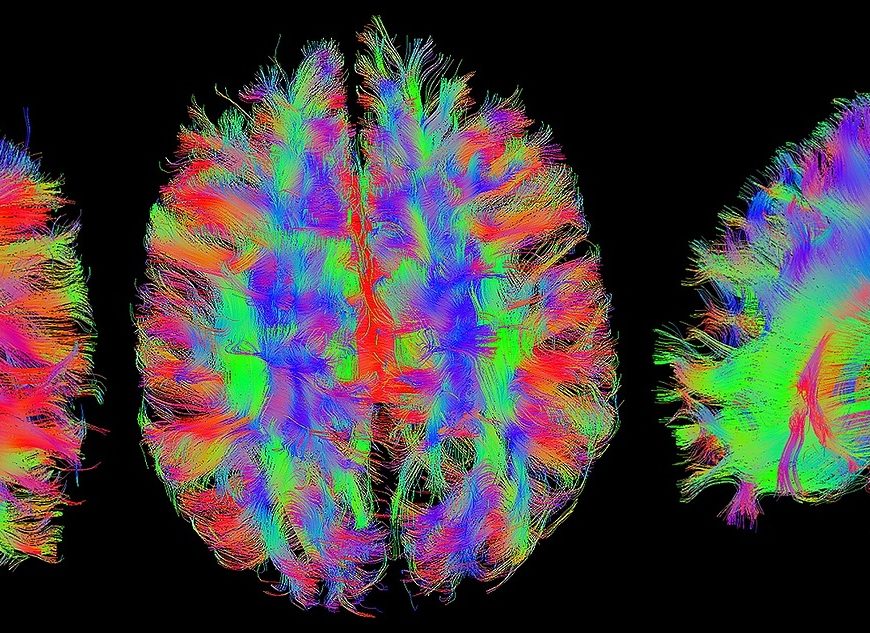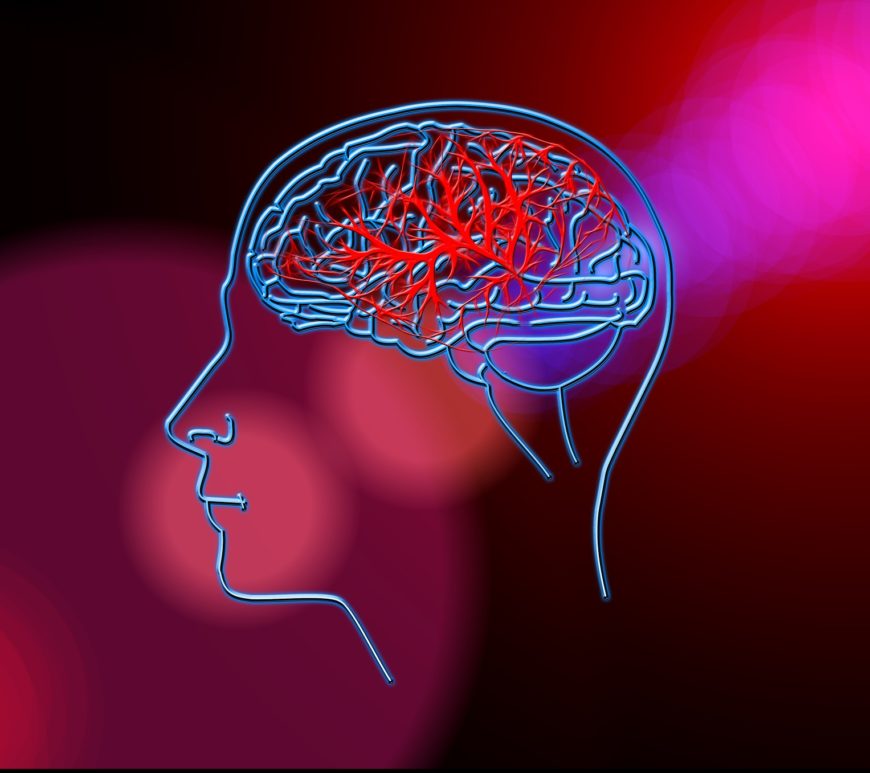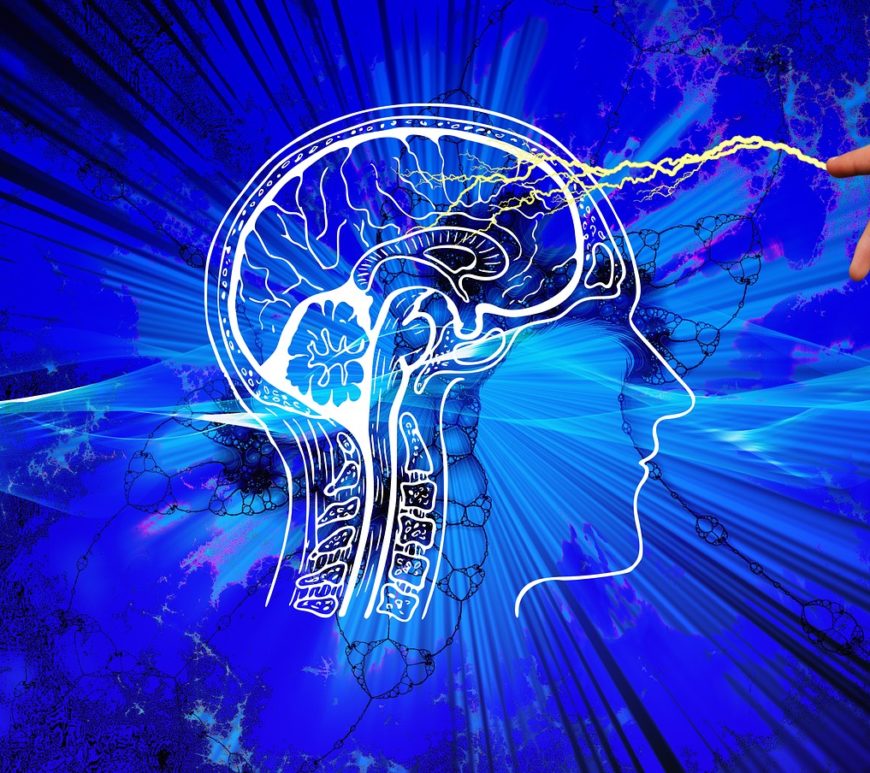
Does spinal manipulative therapy modulate the brain circuitry?
Manual therapy is commonly used to relieve joint stiffness, muscle tension and spasm which can restrict mobility and cause pain. Spinal manipulative therapy is a specific form of manual therapy that is used to deliver high-velocity, low-amplitude (HVLA) force on a spinal vertebral segment. Research evidence suggests that spinal manipulative therapy is effective in relieving spinal pain (1), and that the effects of a single … Continue reading Does spinal manipulative therapy modulate the brain circuitry?

